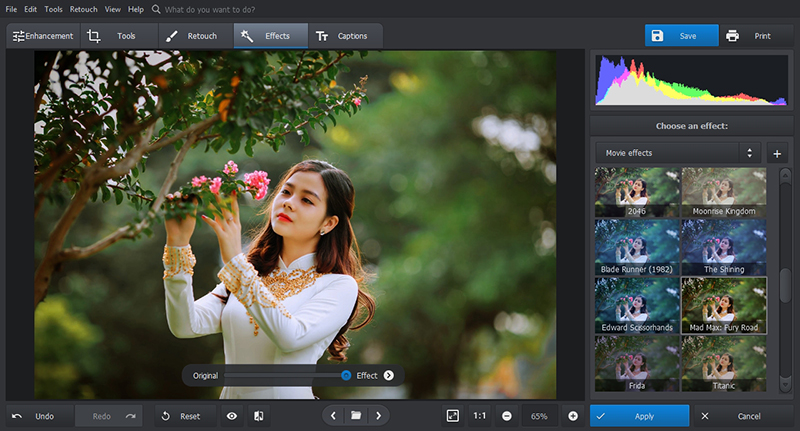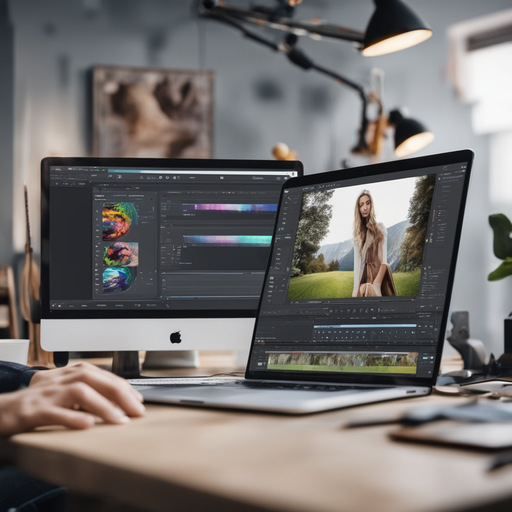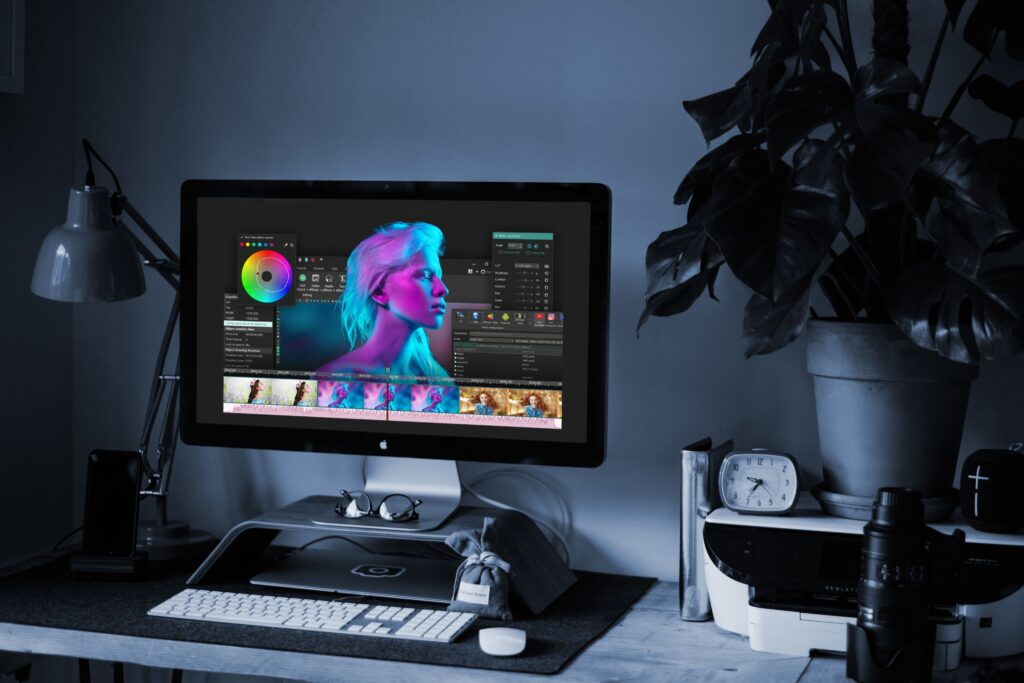
In an increasingly globalized world, visual content plays a pivotal role in connecting people across different cultures and regions. Whether it’s for marketing, social media, or personal projects, photo editing has become an essential tool for creating images that resonate with diverse international audiences. Understanding the nuances of editing photos for global reach can enhance engagement, avoid cultural missteps, and ensure that your message is communicated effectively. Here, we explore the key strategies and techniques for photo editing tailored to an international audience.
1. Cultural Sensitivity in Visual Content
When editing photos for an international audience, cultural sensitivity is one of the most crucial aspects. Images that might be well-received in one culture can easily offend or confuse viewers from another. Being mindful of cultural differences is essential for creating content that resonates positively.
- Color Psychology: Colors hold different meanings in various cultures. For instance, while red is associated with passion and luck in many Western and Eastern cultures, it can symbolize danger or warning in others. Similarly, white is often seen as a symbol of purity in some cultures but is associated with mourning in others. By researching color symbolism in different regions, you can ensure that your photo edits align with the cultural context.
- Avoiding Stereotypes: Avoid perpetuating stereotypes or using imagery that could be seen as inappropriate or offensive. This includes careful consideration of facial expressions, body language, and attire, as cultural norms vary across countries. For example, images of people in traditional dress should be handled with respect and understanding of their cultural significance.
- Neutral Settings and Inclusivity: Aim to create images that reflect diversity and inclusivity, particularly when targeting a global audience. Representation of various races, ethnicities, and body types in your photos can make your content more relatable and engaging for a broader audience.
2. Adapting to Regional Aesthetic Preferences
Different regions have distinct preferences when it comes to visual style. What works for one market may not have the same appeal in another. As a photo editor, understanding these preferences and adapting your editing style can help make your photos more effective in reaching diverse audiences.
- Light and Mood: In some cultures, bright, vibrant images are favored, while others may prefer darker, more muted tones. For example, Scandinavian countries often lean towards minimalistic, light-filled imagery, while Mediterranean regions may appreciate warmer tones with a sun-kissed vibe. Tailoring the brightness, contrast, and saturation of your photos can help match the desired mood for specific audiences.
- Composition and Style: Visual preferences also extend to the composition of an image. Western audiences may favor clean, structured compositions, while Eastern cultures may embrace more dynamic, organic layouts. Understanding these regional aesthetic tendencies and adjusting the framing, subject placement, and use of negative space will ensure that your photos are well-received globally.
3. Text and Typography in Photo Editing
Text and typography are essential elements in many photos, especially in advertising, social media, and product imagery. However, when targeting an international audience, the use of text must be carefully considered to avoid misunderstandings or misinterpretations.
- Translation and Localization: If your photo includes text, such as captions, headlines, or product descriptions, ensure that the text is accurately translated and localized for each target market. This involves more than just translating words; it also means adapting the phrasing to ensure cultural relevance. For example, humor and idiomatic expressions that work in one language may not have the same impact in another, so localization is key.
- Legibility Across Languages: Some languages, like Chinese or Arabic, have characters that can be much longer than their English equivalents. Be sure to adjust the typography to ensure readability in different languages, particularly in multilingual campaigns. Additionally, consider font choices—some fonts may not support all character sets, which could lead to issues in legibility.
- Symbolism and Icons: Many photo edits include symbols or icons to convey meaning. It’s important to ensure that these symbols are universally understood or that they are culturally specific in the right context. For instance, the “thumbs up” gesture may signify approval in many countries, but it has different interpretations in others.
4. Image Optimization for International Platforms
Photo editing isn’t just about aesthetics; it’s also about ensuring that your images are optimized for various platforms, devices, and internet speeds. Given the global reach of social media, e-commerce websites, and digital marketing campaigns, optimizing your images for international audiences is essential.
- File Size and Format: Different regions have varying internet speeds, and large, high-resolution images may take too long to load in areas with slower connections. Use compression tools to reduce the file size without compromising too much on quality. Additionally, choosing the right file format (JPEG, PNG, WebP, etc.) is important for maintaining image quality while ensuring fast loading times.
- Responsive Design: With an increasing number of users accessing content on mobile devices, it’s essential to edit images for responsiveness. Ensure that your photos display properly on different screen sizes and that key elements aren’t cut off on smaller devices. Use techniques like cropping, resizing, and optimizing for vertical and horizontal formats.
- Cross-Platform Consistency: Images should be consistent across platforms, whether they’re being displayed on social media, e-commerce sites, or email newsletters. Each platform has its own requirements for image dimensions, so be sure to edit your photos to meet these specifications for optimal display.
5. Legal Considerations in International Photo Editing
When editing photos for a global audience, there are legal considerations that vary by country. Copyright laws, image rights, and privacy regulations differ from one region to another, and it’s important to be aware of these differences to avoid legal issues.
- Copyright Compliance: Always ensure that the images you use for editing are either owned by you, licensed, or are in the public domain. Infringing on copyrights, especially when distributing photos internationally, can lead to legal consequences.
- Model and Property Releases: If your photos feature identifiable people or private property, obtaining the necessary model or property releases is essential. These agreements are legally required to protect both you and the individuals in the photos, and they can vary by country.
Conclusion
Photo editing for an international audience requires careful consideration of cultural sensitivities, regional preferences, and technical optimizations. By understanding these factors and adjusting your editing approach, you can create visually compelling and culturally appropriate content that resonates with viewers across the globe. Whether you’re working on social media campaigns, marketing materials, or personal projects, mastering the art of international photo editing can help you effectively communicate your message and build connections with a diverse audience.



